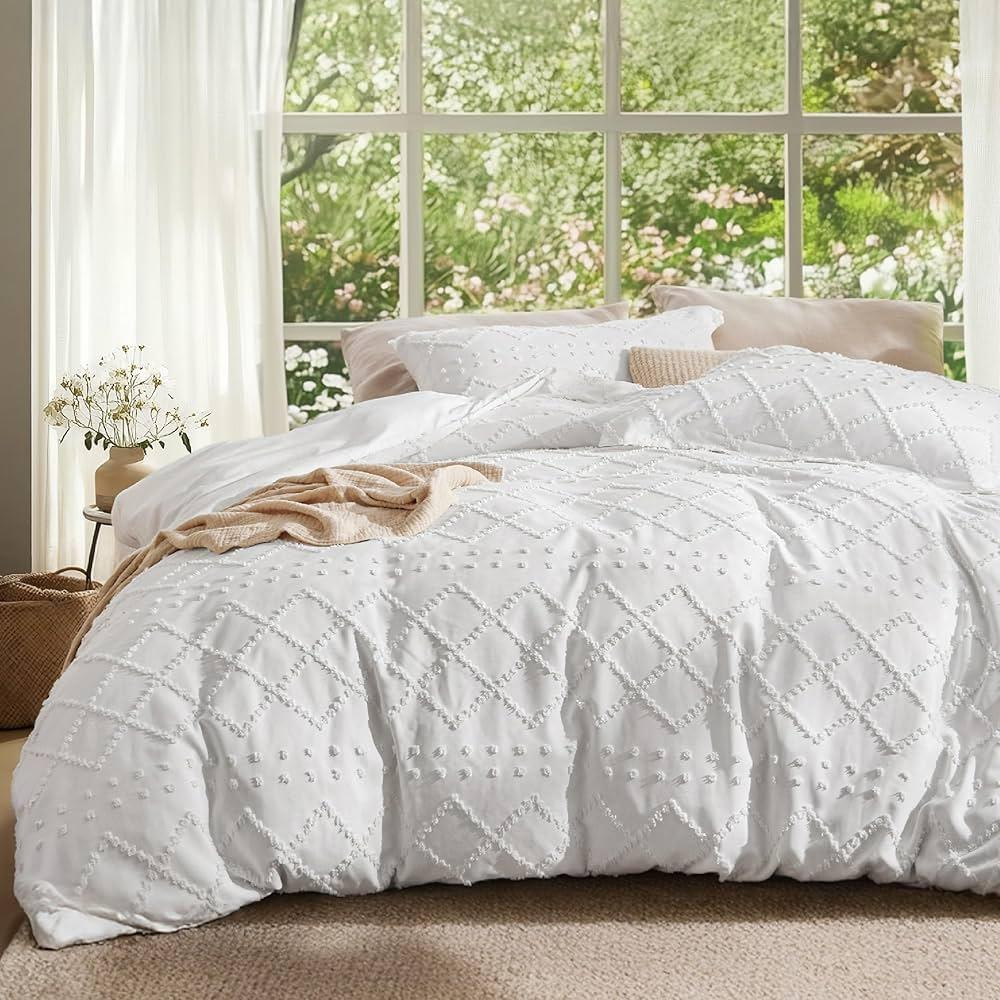
Choosing the right duvet can significantly improve your sleep quality and comfort, especially as seasons change. One of the most important factors to consider when selecting a duvet is the tog rating—a measure of thermal insulation. Understanding tog ratings helps you pick a duvet that’s warm enough without being too heavy or stifling. Here are seven essential things you should know about tog ratings to help you find the world’s best duvet for your needs.
- What is a Tog Rating?
The tog rating is a unit of measurement that indicates how well a duvet traps heat. The higher the tog, the warmer the duvet. This rating system is commonly used in the UK and Europe, and it provides a straightforward way to compare different duvets based on their warmth. It’s important to note that tog ratings are not about thickness or weight—some lightweight duvets can be very warm due to high-tech insulating materials.
- Tog Ratings and Seasonal Use
Different seasons call for different duvet togs. For summer, a low tog rating of around 1.0 to 4.5 is ideal, providing breathability and preventing overheating. For spring and autumn, consider a 7.5 to 10.5 tog duvet, which offers a balance between warmth and coolness. In winter, a higher tog duvet—typically 12.0 to 15.0—will keep you cozy even on the coldest nights. Alternatively, consider an all-season duvet, which combines two duvets (e.g., 4.5 tog + 9.0 tog) that can be clipped together or used separately.
- How Body Temperature Affects Your Choice
Everyone sleeps differently. If you’re a hot sleeper, even in winter, a lower tog duvet might be more comfortable for you. On the other hand, if you tend to feel cold at night, a higher tog could be necessary even in moderate climates. When choosing the best duvet, consider not just the season but also your personal body temperature and sleep habits.
- Different Fillings Affect Warmth and Weight
Tog ratings measure warmth but don’t always reflect comfort or feel. The filling material—such as down, feather, wool, synthetic, or silk—can influence both insulation and weight. Natural fillings like goose down often provide excellent warmth with less weight, making a high-tog down duvet feel much lighter than a synthetic one of the same tog. If allergies are a concern, hypoallergenic synthetic duvets are a good alternative.
- Duvet Cover and Bedding Matter Too
The duvet cover and sheets you use also impact how warm or cool you feel. Breathable, natural fabrics like cotton or bamboo can help regulate temperature, while flannel or jersey cotton can add extra warmth in winter. Even with the right tog, your choice of bedding can enhance or reduce the effectiveness of your duvet’s insulation.
- Tog Ratings for Children and Babies
It’s important to choose the right tog for children, especially babies and toddlers. Babies should not use duvets with a tog rating higher than 4.0, as they can easily overheat, which is a risk factor for SIDS (Sudden Infant Death Syndrome). For toddlers and young children, lightweight duvets around 4.5 to 7.0 tog are typically recommended. Always check age-appropriate guidelines before purchasing.
- Think Long-Term: Durability and Versatility
A high-quality duvet should last several years, so consider durability and versatility. An all-season duvet (often 3-in-1) is a great investment, offering year-round flexibility. Also, look for duvets that are easy to clean—many synthetic options are machine washable, while down duvets may require professional cleaning. Long-term comfort and practicality should guide your decision as much as immediate warmth.
Final Thoughts
Understanding tog ratings is essential when shopping for the world’s best duvet. By considering seasonal needs, body temperature, filling materials, and practical features, you can select a duvet that delivers optimal comfort and sleep quality all year round. Whether you opt for a lightweight summer duvet or a luxurious all-season option, the right tog rating can transform your sleep experience.
